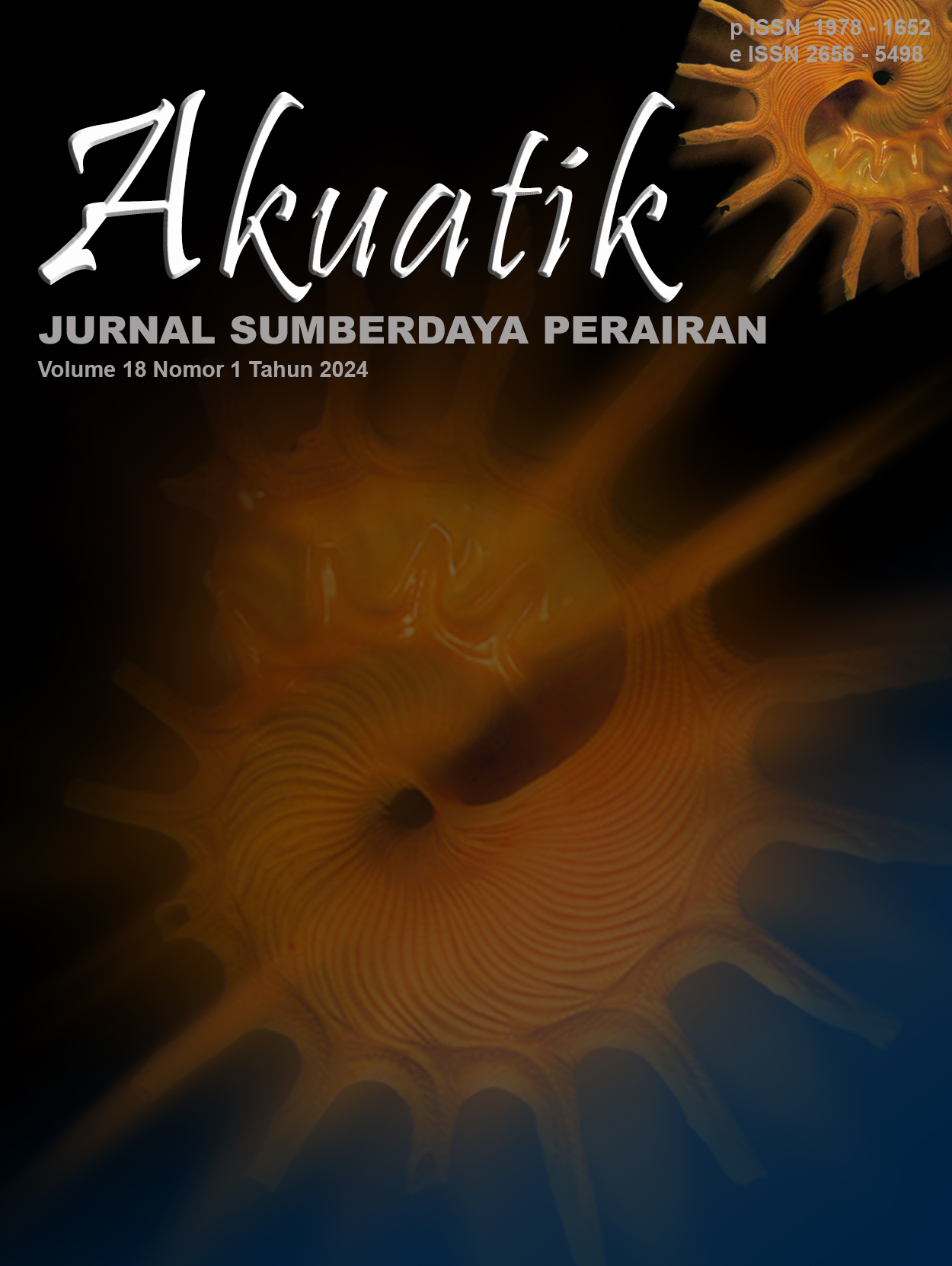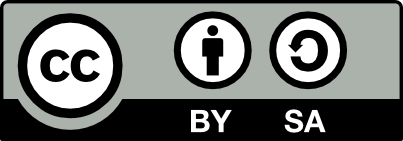The Relationship between Mangrove Density and Gastropod Abundance on Tuing Beach, Bangka Regency
DOI:
https://doi.org/10.33019/akuatik.v18i1.5635Keywords:
Gastropoda, Pantai Tuing, Abundance, Mangrove DensityAbstract
This study aims to analyze the relationship between mangrove density and gastropod abundance in Tuing Beach, Bangka Regency. Mangroves have an important role in coastal ecosystems, providing habitat and food sources for a variety of organisms, including gastropods. Gastropods are a group of mollusks that are commonly found in mangrove ecosystems and play a role in the food chain as decomposers. This study was conducted by survey method at three different research stations, where data on mangrove density and gastropod abundance were collected through the square transect method. The study showed that there was a positive relationship between mangrove density and gastropod abundance at all research stations. Station 2 showed the highest mangrove density with a value of 1.733 ind/ha, while the highest abundance of gastropods was also found at Station 2 with a value of 20,3 ind/m². A simple linear regression analysis showed that mangrove density contributed significantly to the variation in gastropod abundance, with the value of the determination coefficient (R²) varying between 0.732 to 0.904 at all three stations. In addition, environmental parameters such as temperature, pH, salinity, and dissolved oxygen are also measured to understand the environmental conditions that affect the distribution of gastropods. The results of this study can provide important information for sustainable management of mangrove ecosystems, especially in maintaining biodiversity and ecosystem stability in Tuing Beach.
Downloads
Downloads
Published
Issue
Section
License
Under this license, others are permitted to share (copy and redistribute the material in any medium or format) and adapt (remix, transform, and build upon the material) for any purpose, including commercial use. Appropriate credit must be given to the original authors, a link to the license must be provided, and any modifications or derivative works must be distributed under the same license. This condition ensures that the original work and all derived content remain openly accessible under identical terms.








